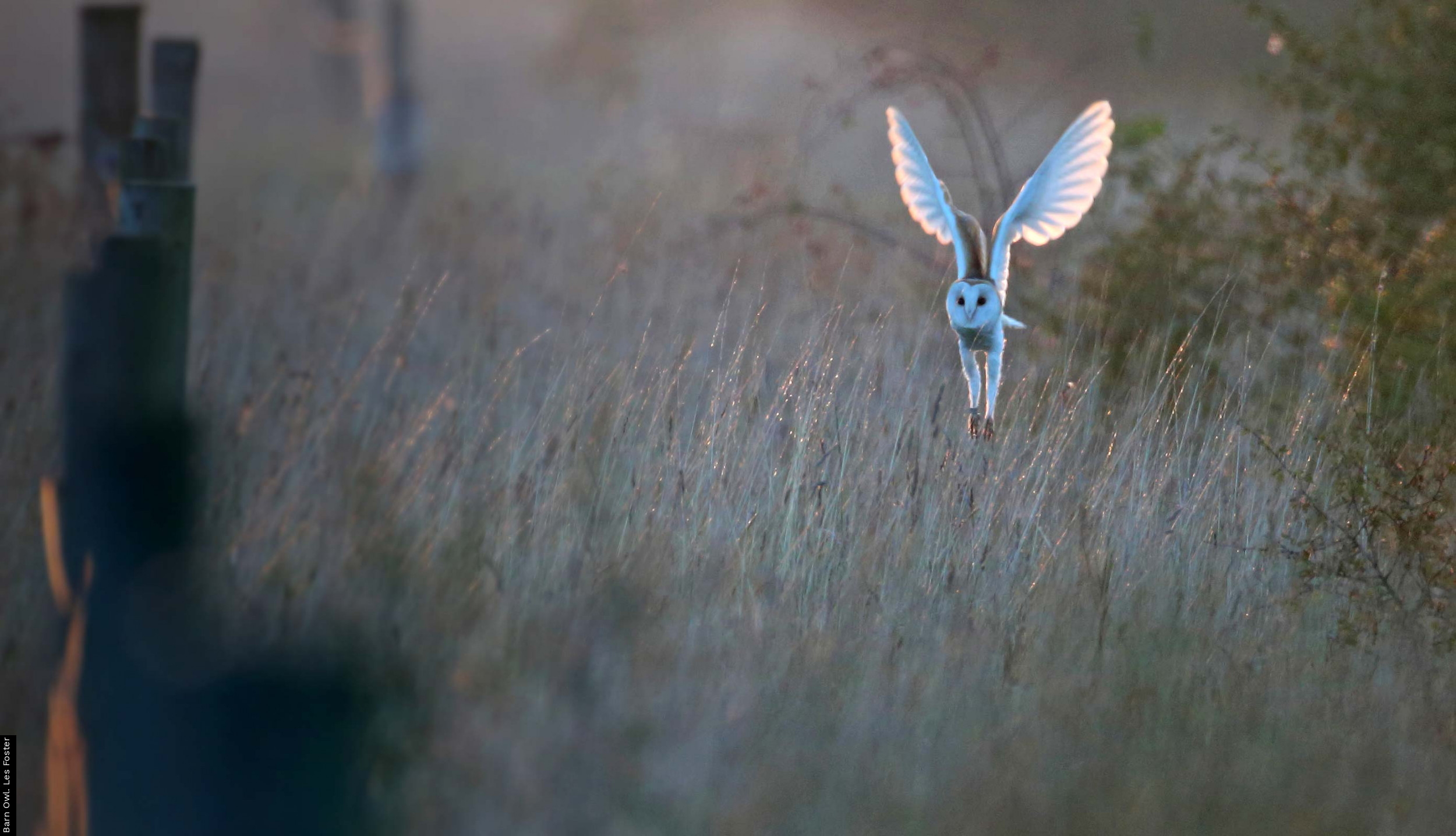Coraciiformes - Kingfishers and Allies
The order Coraciiformes includes a diverse group of families, most with few representatives. They are mostly tropical species.
The Kingfishers (Family Alcedinidae) are by far the largest group. Although our Kingfisher is a bird of lakes and streams, many species are found in forest or grassland, some far from any water source. All are colourful, though only some have the jewel-like iridescent plumage of the British Kingfisher. Most are 'sit-and-wait' predators flying down to seize a fish or large insect spotted from a perch.
The Bee-eaters (Family Meropidae) are also brightly-coloured birds, but which unlike the territorial kingfishers are quite sociable and often nest in colonies. They have long, slightly curved bills which are used to pluck bees (honey-bees for preference) or other insects from the air, the venomous sting is torn off before being eaten. Over 200 insects a day may be required to sustain a parent and its young (both sexes care for the chicks) a day. Like kingfishers nests are excavated burrows in soil. The Bee-eater is a scarce visitor to Britain, which occasionally attempts to breed, most recently in 2003 in north-east England.
The Rollers (Family Coraciidae) are small family of noisy, colourful birds found in Africa, southern Asia and eastern Australia. They get their name from their spectacular tumbling courtship display. All are migratory and the Roller, which is normally found in southern Europe occasionally ends up in Britain.
The Hoopoe is an unusual bird, which is given a family all to itself (Upupidae). It has long had cultural associations, being depicted on the walls of temples and tombs as far back as the Ancient Egyptians and Cretans. A relatively short-legged bird, with a striking black, white and orange plumage and long down curved bill, it is usually seen walking along the ground picking up insects.
Regularly Occurring Species
Occasional Visitors
Belted Kingfisher
Blue-cheeked Bee-eater
Roller






Share this page